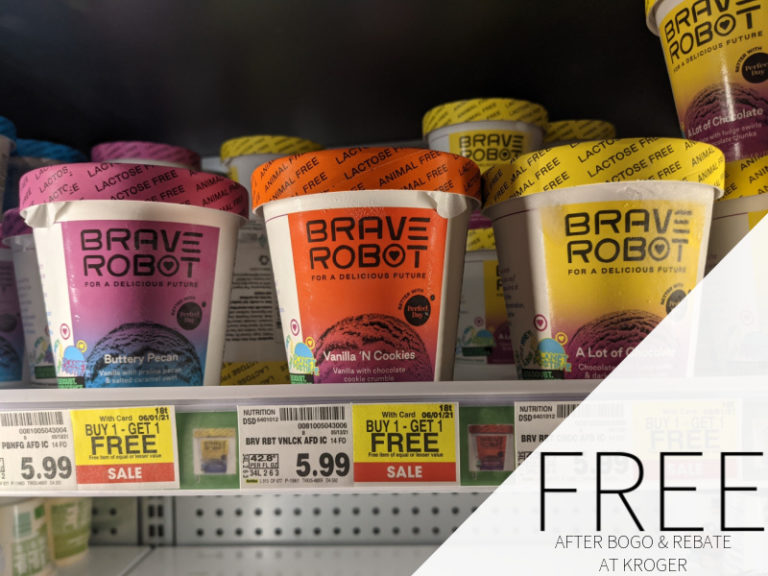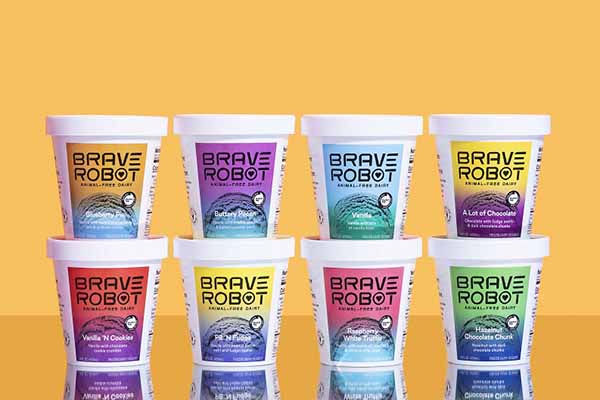

The film highlights the cycle of cruelty that dairy cows face. The plight of dairy cows in New Zealand is laid bare in the award-winning documentary Milked. Animal cruelty in dairy productionĪside from environmental issues, animal welfare concerns are also driving consumers away from conventional dairy. Recently, researchers also discovered microplastics in milk products. The same amount of soy milk uses just 28 liters of water.Īs a result, leading climate experts are now calling for a reduction in dairy consumption, alongside less meat. Research shows that it takes 628 liters of water to produce one liter of cow’s milk. The majority take the form of methane, which is 25 times more potent than carbon dioxide. The UN’s Food & Agriculture Organization estimates dairy to contribute at least 3.4 percent of all anthropogenic-generated emissions. Calculating the environmental cost of animal agriculture sees dairy and meat banded together frequently. It requires vast water resources as well. The dairy industry generates an enormous amount of emissions, though pinpointing exactly how much is difficult. The environmental problem with dairyĭairy is problematic for multiple reasons, but sustainability is a current focal point. Adding a sprinkle of cinnamon will up the antioxidant levels of the homemade frozen treat too.

The only truly healthy ice cream is “nice cream.” It’s totally vegan, made just from frozen bananas, and thus contains no “nasties.” On its own, the blitzed fruit offers potassium and fiber.

However, the sugar content tends to remain high. Vegan ice cream removes the cholesterol issue and usually offers lower saturated fat levels. When combined with high sugar content, they become a potential contributor to health issues. Whole-fat milk bases are often used in dairy ice cream. LDL cholesterol contributes to heart and circulatory diseases. Chief amongst them are lower saturated fat levels and zero cholesterol.

When compared to dairy-based ice cream, there are potential health benefits to plant-based alternatives. Sugar, flavorings, and preservatives tend to come as standard. It offers animal-free dairy proteins to some ice cream manufacturers that want to create comparable textures and tastes to conventional frozen desserts.Īside from plant milk bases, vegan ice cream contains many of the same ingredients as its regular counterparts. These imitate dairy whey protein for a creamy feel and neutral taste.Ĭalifornian alternative dairy startup Perfect Day has cornered this market, so far. Newer developments include bases made using precision fermentation. Unlike dairy ice cream, non-dairy alternatives feature a number of base ingredients. Here are our two scoops: What is vegan ice cream made from? But who makes the best dairy-free products in the space, and the really burning question: is vegan ice cream good for you? Once a niche interest and available in select grocery stores only, plenty of brands now want to capture customers’ attention with creamy vegan ice cream and gelato products.Īllergen-aware, dairy-identical, and even carbon-neutral offerings mean that the landscape of ice cream is changing forever and becoming more inclusive.


 0 kommentar(er)
0 kommentar(er)
